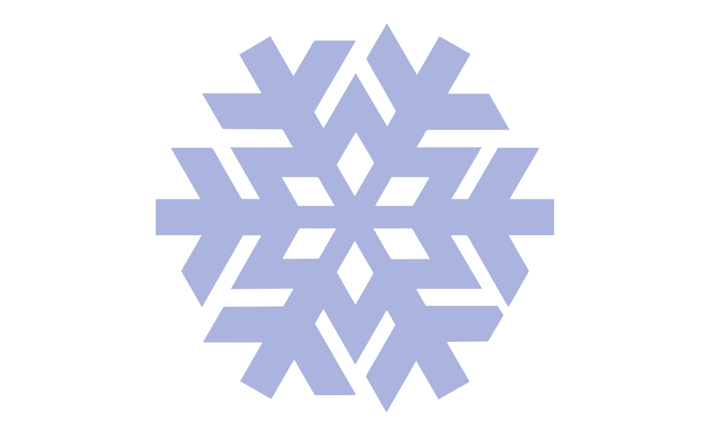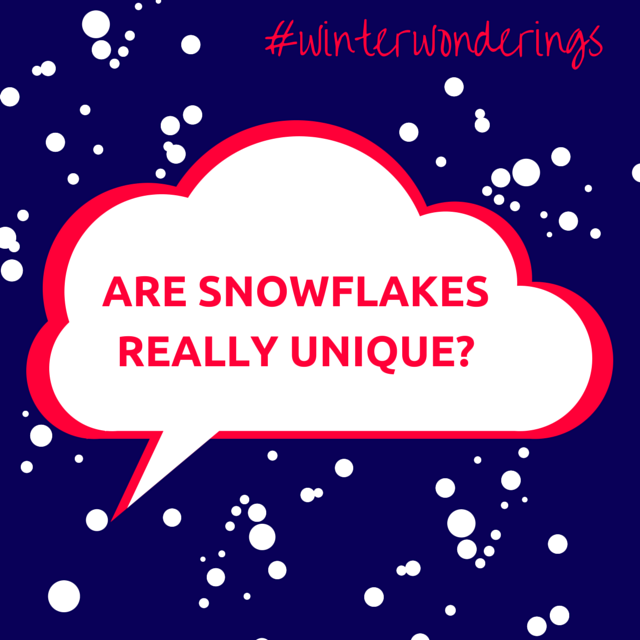Lightning Never Strikes Twice
Continuing our Fact or Fable series, today we take a look at the saying ‘Lightning never strikes twice’, with our Science Editor Samantha Gouldson investigating.
Lightning forms when excess amounts of positive and negative electric charge build up in storm clouds. This causes sparks, kind of like static electricity. Sometimes the sparks jump between the clouds but often they jump between the clouds and the ground.
It’s not just thunderstorms that have lightning either; snow storms, sand storms and even the clouds produced by erupting volcanoes can all cause lightning.

The idea that lightning doesn’t strike twice is a popular saying but one that it’s easy to disprove.
Winter Wonderings – Can It Really Be Too Cold for Snow?
Have you ever heard someone say that it is ‘too cold for snow?’, and wondered if this was true. Our Science Correspondent Samantha looks at the science behind this claim.
Winter Wonderings – Why Does Frost Make Patterns?
The third #winterwonderings post from our Science Correspondent, Samantha, we take a look at why frost makes patterns. Many countries have a mythical figure like Jack Frost, who draws in the ice and frost in winter, but what really causes these gorgeous natural designs.
Winter Wonderings – Are Snowflakes Really All Different?
It’s a common belief that no two snowflakes are the same, and in a way this is true. No snowflake can ever be completely identical to another, because when you get down to the molecular level they will have slightly different kinds of water molecules, different electrons and different traces of other materials such as specks of dust.
However, if we’re talking only about the appearance and shape of a snowflake, then yes it is possible that some will have duplicates. Snow crystals can vary from fairly simple, hexagonal structures to the more complex and delicate shapes that we commonly think of as snowflakes.
The simple flakes have far fewer molecules than their larger cousins and so it’s entirely possible that you could find two that appeared identical when viewed through a microscope. The more complex structures, however, can have more than a hundred different features and each feature can form in a number of different ways. This makes it highly unlikely that you would ever find two large snowflakes that looked the same – but you could have fun trying!
For a more detailed explanation of the science behind the forming of snowflakes, check out this video




